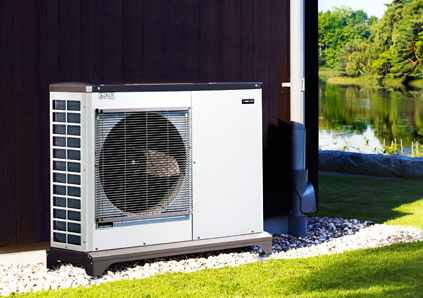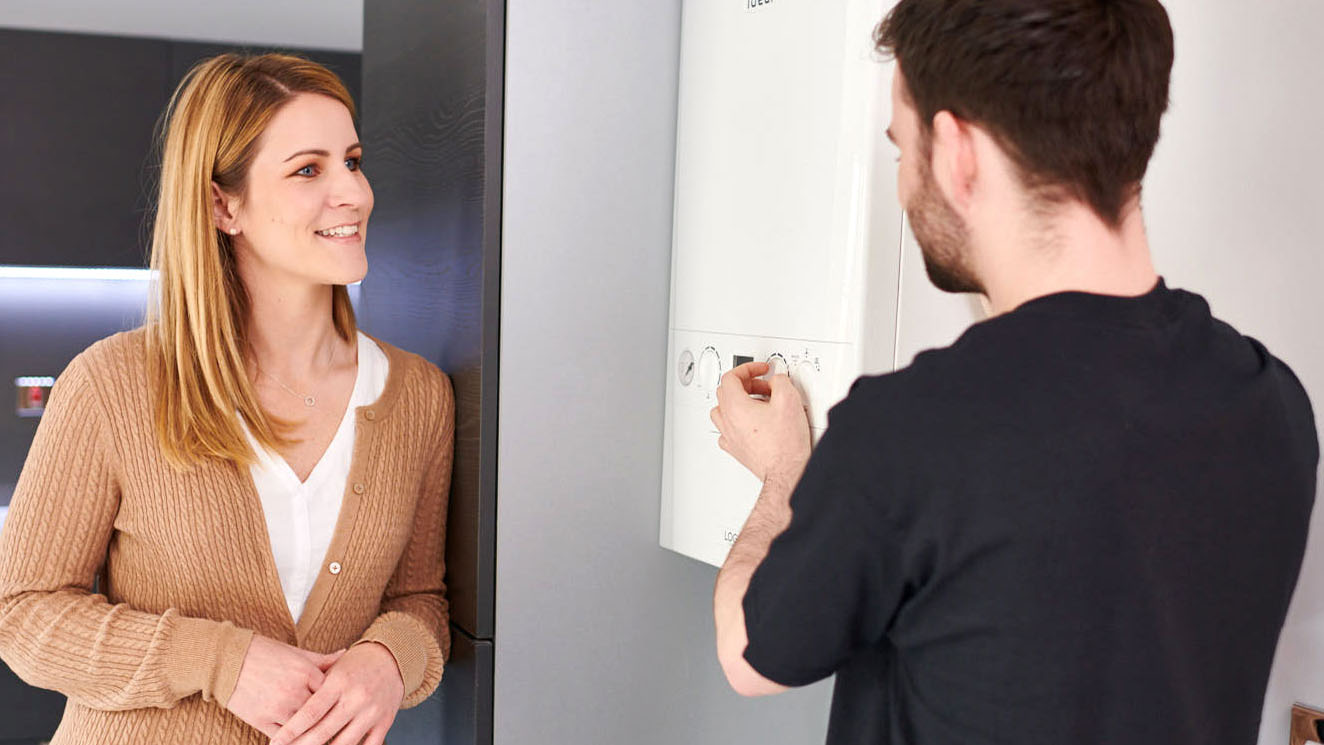Should I Swap my Boiler for an Air Source Heat Pump?
David Hilton advises on the implications of retrofitting an ASHP into an existing home currently using a gas boiler

Should I swap my boiler for an air source heat pump? With all the current media coverage regarding boilers potentially being banned from 2025, a number of homeowners are asking the same question. In reality, however, swapping a boiler for an air source heat pump in an existing home is a lot simpler in principle than it is in practice.
Your boiler will be connected to an existing central heating system so the pipework is already in situ, but this is probably where the benefits end in an existing home. The pipework will need to be inspected to make sure that it is fit for purpose; it must be secure, the right size and the right type of pipe.
This is especially true if you’re upgrading a gravity fed system to a closed loop unvented (high pressure) system — the pipework must be able to be insulated and must also be plumbed in a parallel configuration or it too may need to be replaced.
What Are The Implications?
There are a number of differences between gas boilers and air source heat pumps and these differences can have far-reaching implications for the project.
A boiler operates at a high flow temperature of around 70°C, but an air source heat pump operates at a lower temperature of around 35°C to 45°C in the radiator system, and possibly around 55°C for hot water preparation.
This means that it is highly likely that all the radiators will need to be replaced with higher output versions, room-by-room controls added to the system, and the hot water cylinder will need to be replaced with a heat pump compatible cylinder that has a larger heat exchanger.
(MORE: Find the best radiators for your home)
At the lower temperatures the heat will only be effective in a well-insulated environment. If your home has not had any thermal upgrades and is still a bit draughty, then there will need to be improvements to insulate all the pipework, and also to the fabric of the building, to improve both the insulation and the airtightness.

What Are The Costs?
Depending on the disruption, and if any of the pipes need to be replaced, the cost of retrofitting an air source heat pump in an existing property can range from about £9,000 up to around £27,000 if you are replacing the whole system and there is a requirement for disruptive changes and fabric improvements.
The Renewable Heat Incentive, which pays you an incentive payment dependent on the renewable energy generation of the system, for seven years, can help you pay for the system. You can find out how much those payments might be here.
Applications will no longer be accepted after 31 March 2022, which is when the current RHI scheme ends. The system must be fully installed, fully commissioned and the application accepted by that date. You will also need to have had an Energy Performance Certificate (EPC) for the property.
However, a one-off payment delivered as part of the Clean Heat Grant will replace the RHI next year. This will provide an upfront payment of £5,000 to aid with the capital cost of installing renewable technology such as a heat pump.
The payback on an air source heat pump will largely depend on the actual cost of the swap, taking into account any incentive payments you may receive as well as also accounting for how much you would have spent on a replacement boiler.
The running costs also need to be evaluated against the fuel that you are replacing. If you currently have a gas boiler running on natural mains gas, then there will currently not realistically be any financial saving. Against heating oil and LPG, the payback could be better but that does depend on the cost of those fuels.
Get the Homebuilding & Renovating Newsletter
Bring your dream home to life with expert advice, how to guides and design inspiration. Sign up for our newsletter and get two free tickets to a Homebuilding & Renovating Show near you.
David is a renewables and ventilation installer, with over 35 years experience, and is a long-standing contributor to Homebuilding and Renovating magazine. He is a member of the Gas Safe Register, has a Masters degree in Sustainable Architecture, and is an authority in sustainable building and energy efficiency, with extensive knowledge in building fabrics, heat recovery ventilation, renewables, and also conventional heating systems. He is also a speaker at the Homebuilding & Renovating Show.
Passionate about healthy, efficient homes, he is director of Heat and Energy Ltd. He works with architects, builders, self builders and renovators, and designs and project manages the installation of ventilation and heating systems to achieve the most energy efficient and cost effective outcome for every home.

